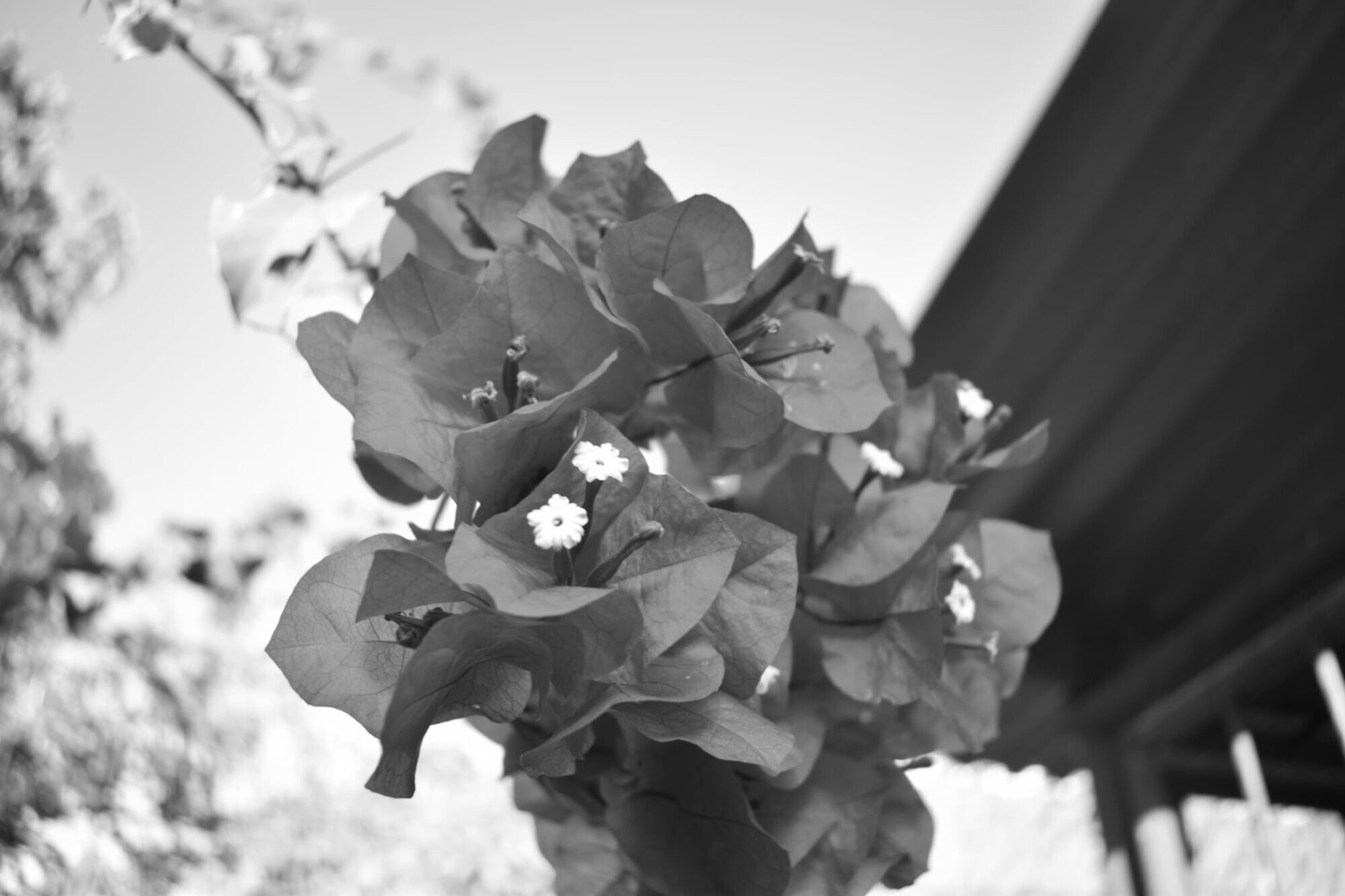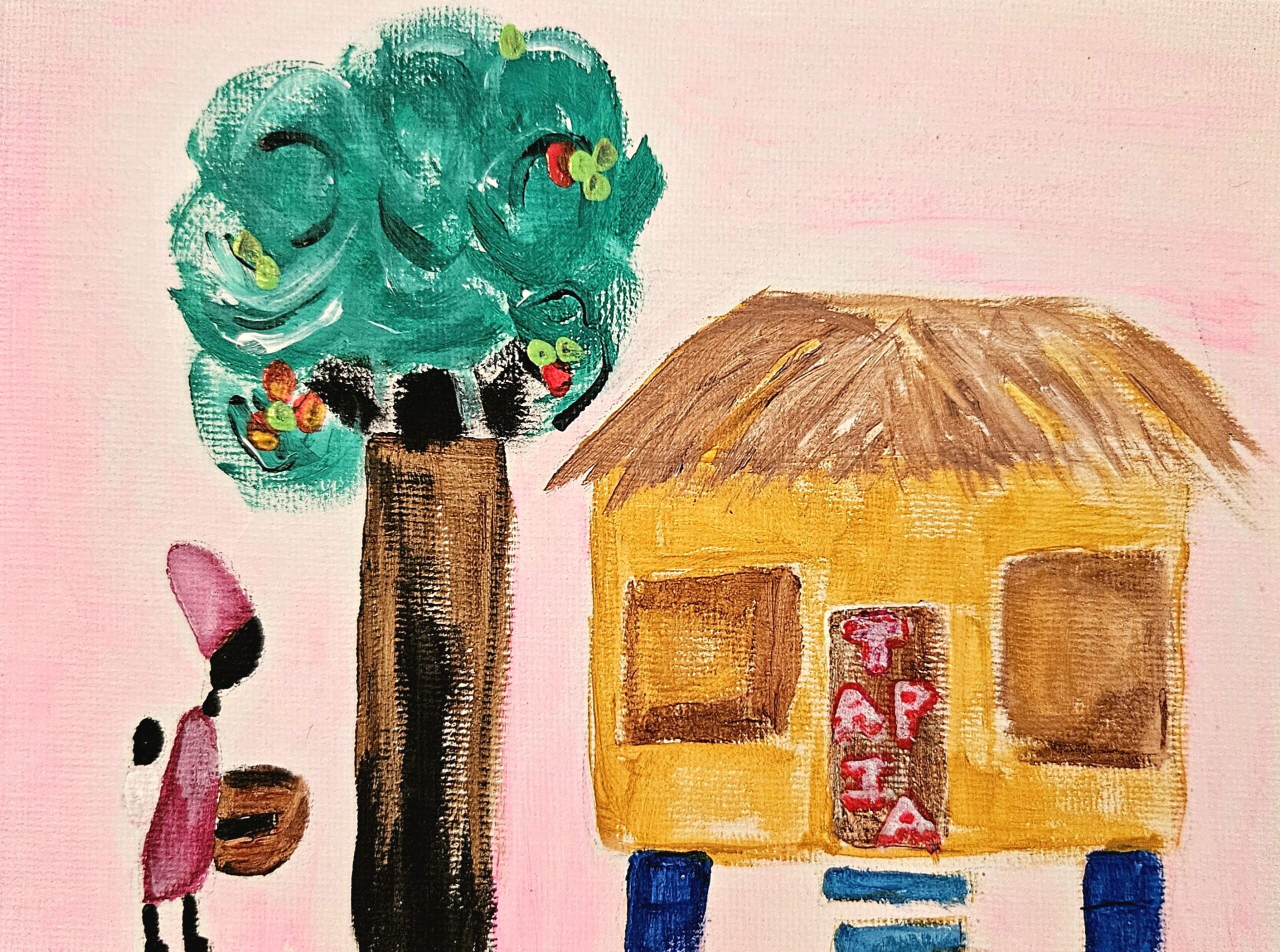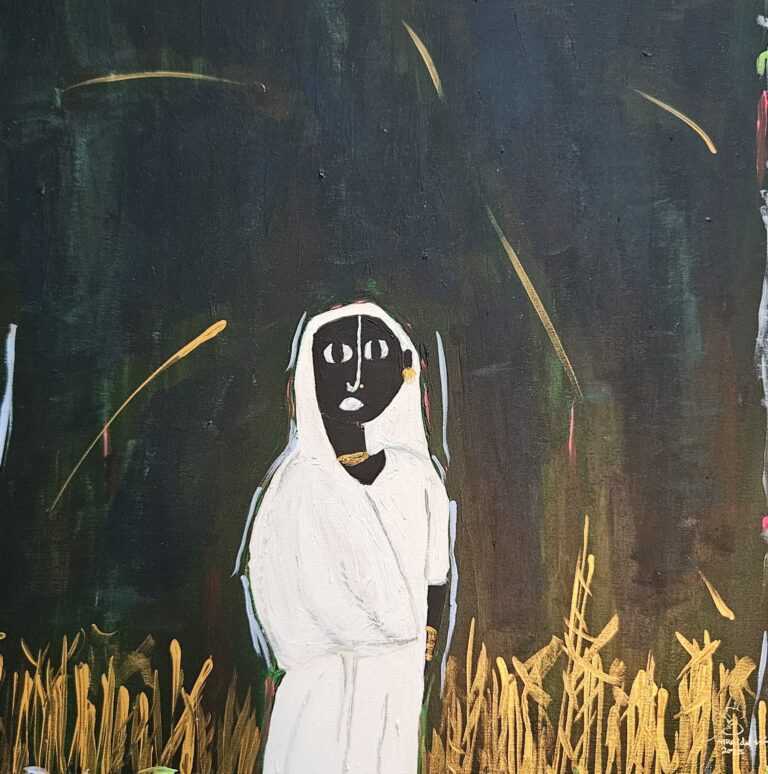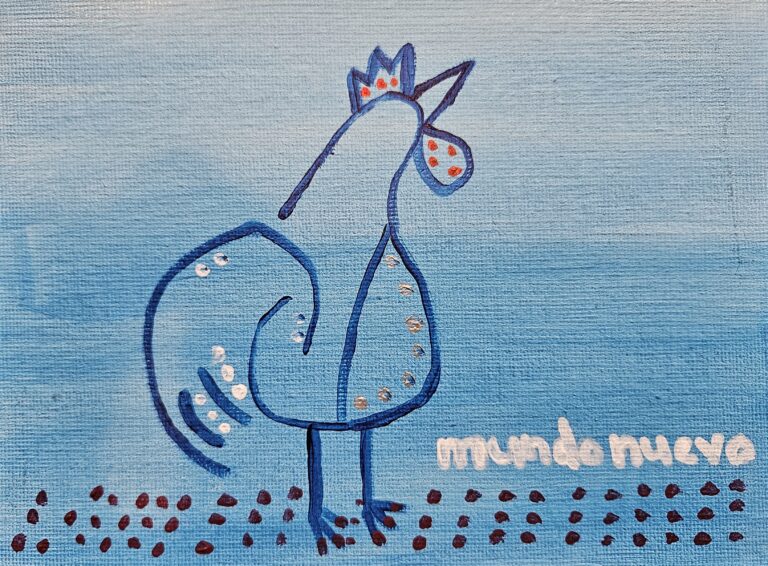Shaunasea Brown (born March 19, 1990) is a Jamaican-Canadian and Assistant Professor in Communication Studies at Wilfrid Laurier University in Canada. Her scholarship presents the artistic and intellectual work of Black and Caribbean diaspora women in Canada. Her politics of care extend to her family and community-based networks. I met Brown in 2021/2022 in a virtual study group session organised by a mutual friend, and fellow Black Studies scholar, Chevy Eugene. Then, I was brought into her world of recognising and respecting Black women’s voices and their artwork in Canada. On April 20, 2025, by way of a WhatsApp call, I interviewed Shaunasea Brown about her current research projects and intellectual commitments to telling the stories of the Caribbean diaspora.
Amílcar Sanatan: Your PhD dissertation, “Art Routes: Locating Second-Generation Black Caribbean Canadian Women’s Perspectives” surveys visual and performance art, music and photography in Toronto, Canada. You probe the creative imagination to understand social life. Recently, you confronted the issue of ‘home’ from the creative arts. Discuss this approach.
Shaunasea Brown: I prioritise creative approaches about ‘home’ because it works that way precisely. I think about Black people across the globe, no matter where they are. I think that the concept of ‘home’ is precarious, elusive and fraught. It is often fought for and largely unattainable. This is a direct legacy of transatlantic slavery. I am interested in creative works because I believe all Black people are artists because they have to be creative to survive and thrive. How do we make something out of nothing? I self-identify as a Jamaican-Canadian. I am a ‘diaspora child’ and I am of African descent which means that somebody had to survive on my behalf to be here. Systems of oppression treated people like my ancestors as if they were sub-human. Someone defied that system for me to be here. That is what drives my approach to the work – to explore how Black people continue to make lives livable to themselves and each other. Creativity is the beauty of life. How is it possible that we are still here? A creative mind had to do that work.
AS: You are co-editing a special issue in PUBLIC: Arts, Culture, Ideas “(Searching for) Home”. I see that you are framing the concept of ‘home’ as a complex category understanding the importance of memory, geographies, ethnic and cultural dynamics, etc. The call for submissions also solicits submissions from Indigenous writers and artists to speak of home.
SB: I am a Black Studies scholar, everything I am interested in is taking up what it means to be Black or of African descent. I recognise the importance of being geographically specific, but there are overlaps of experiences across diasporas that speak to the legacies of slavery and the conditions of anti-Blackness, regardless of where you are in the world. I think about what it means to be in a place like Canada which is a settler colonial space, reflecting on the Indigenous populations that were here long before the Black presence. No matter what work I do in this space, I must acknowledge this relationship; thinking about Indigenous peoples and the fact that they made Black life possible in Canada. I think about possibilities – understanding the interlocking of settler colonialism and chattel slavery. Issues of housing, land sovereignty and access to clean water are connected to Indigenous and Black well-being. There are overall ways we continue to be under-served because of who we are. In this call for submissions, I wanted to invite folks throughout the world to explain their understanding of home. “Searching for” was in parentheses because it is complex. Not everyone is in search of a home. I am aware of that. Some people have it. Was there a process of unlearning that brought you to that point? I believe that ‘home’ is a journey that many are still on and that we can teach each other what that looks like through visual arts, poetry, music and scholarship. Home shouldn’t be a privilege. Home is where you belong.
AS: You maintain familial bonds between Canada and Jamaica by travelling back and forth. Through consistent contact, development of personal and professional networks, and grounding yourself in the Caribbean soil, you are very much connected to everyday life in Caribbean society and space. But, I’m sure that this is an oversimplification of the experience. Tell me more about moving between your ‘homes’.
SB: I used to think Jamaica is everything! But, that is my “diaspora kid” romanticisation of Jamaica. I am Jamaican-Canadian because it is a product of my inability to claim “Canadianness” since I have black skin. “Canadianness” is conceptualised as whiteness. Automatically, I was outside of that. My research on second-generation Canadian experiences are taking up questions of identities, politics of claiming “Canadianness”, and also what it means, for example, for me to come to Jamaica. While I might self-identify as a Jamaican-Canadian, everyone in Jamaica knows I am a foreigner by how I walk, talk, and dress. But, when I come to the district of West Prospect, where my mother grew up, and this is where her mother is from, I have roots here. People can look at my face and see Shernette and “Jew girl”. It affords me a sense of grounding that I don’t necessarily get in Canada. So, I feel a sense of belonging in Jamaica sometimes. My family history in Canada is relatively recent. My grandmother went there in the early 1970s. My mother came shortly after when she was a teenager. In Jamaica, I see the graves of my great-grandparents. My mother’s navel string was buried in the backyard. This is my grounding. What does it mean to be a Black person in the diaspora? How do I feel more at home outside the place I was born? What privileges are afforded to me because I have a Canadian passport? I think of all these things.
AS: In Canada, you’ve done brilliant work as a young woman to build community among Black students and early-career faculty. For me, this is a way you’ve grounded your work and spirit in Canada.
SB: Grounding looks like building community and knowing who people are. York University is where I did my PhD. It is often referred to as the unofficial HBCU of Canada. It has a very large Black student population there which gave me a unique experience where I was surrounded by Black PhD students across different disciplines. It showed me the beauty of Black life. I was blessed to have that experience. Miraculously, I landed this job which placed me west of the city of Toronto. I am now in the third year of my job. When I first started, I could count on my hands the number of Black students who have been in my classes. This is the same at the faculty level. I am a “George Floyd hire” meaning, I was invited to join an academic institution as a direct response to Black Lives Matter protests where more Black faculty were hired as an Equity, Diversity, and Inclusion strategy to deal with the lack of Black and Indigenous representation in Canadian institutions. This is the condition that I came into the academy with. This affirmed my work, but also gave me permission to push boundaries. I had to carve out how to do Black studies in the institution. I co-founded the Black Researchers of Southwestern Ontario (BRSO) so that we can have a space to imagine what it looks like to collaborate across institutions, celebrate our achievements, confront anti-Black racism and know that we are out here. Academic work and the struggle of being tenure track can be isolating. I never worked alone; I work alongside people. I take after my mother. She is a Community Development Officer and I see how she brought people along and empowered them to be their best selves. In the BRSO, we’re working to build something new with longevity and ensure that we are all supported and seen.
Shaunasea Brown: How do you see us collaborating in the future? I see the work you do in the arts and in public across the Caribbean, and even in Finland. Where do you see us continuing this work? What is the future for our work?
Amílcar Sanatan: Funnily, the first collaboration we said we would have is on writing about ‘Diasporas of Love’ and its messiness, drama, pains, desires, power relations, erotics and people’s dreams for intimacy and connections with others. We discussed this understanding that African, Indian, Indigenous and non-heteronormative unions have been historically attacked by others. Marginalised communities, in turn internalised some of these harmful beliefs. So, love, which we often joke about, is deeply political and should be the site for transformation in our pursuit of just, equal, and peaceful societies throughout the world. How do we relate to each other on a loving basis? How do we relate to ourselves with love at the centre? In Jamaica, some of the early experiences of colourism happen at the level of the household where a parent mistreats one sibling and privileges the other for their complexion. The hierarchy of an unjust world structures the life of the child in a living room, kitchen and in front of the mirror in the bathroom. Love is serious business.
Until there is time to pursue that “lovely” scholarly and creative initiative, I would like to deepen my working relationship with you, as I have done with our friendship over the years. We first met during the COVID-19 pandemic on Zoom study sessions. Shaunasea, we have never met in person! I met everyone from the Zoom sessions organised by Chevy except for you. Thankfully, we continue to have our bonds and consistent investment in our professional, political and personal lives. In the short-term, I would enjoy an opportunity to platform creatives and their political movements in the Caribbean with comrades and fellows in the Canadian context. Canada, particularly Toronto, is a cosmopolitan city for many cultures and nationalities of the world. The time will come when de time come.



